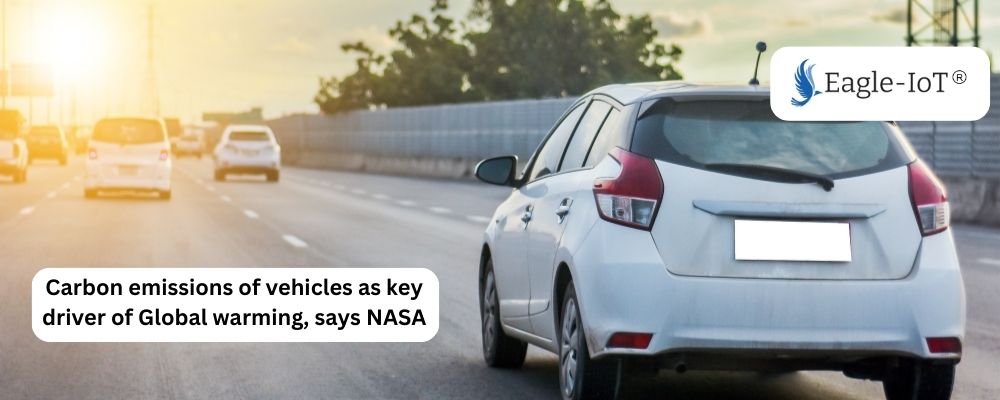Carbon emissions of vehicles as key driver of Global warming, says NASA
New research headed by NASA’s Goddard Institute for Space Studies (GISS) in New York City’s Nadine Unger, focuses on a more intuitive approach by examining climate impacts by the economic sector to understand what’s influencing the Earth’s climate. Unger said. “This approach will make it easier to identify sectors for which emission reductions will be most beneficial for the climate and those which may produce unintended consequences.”
A distinct set of gases and aerosols are emitted by each sector of the economy that impacts the climate in diverse ways and over varying time periods. Some airborne chemicals can trap incoming sunlight and warm the climate, whereas others can help reduce the planet’s temperature by blocking the Sun’s rays. For instance, pollutants emitted by cars, buses, and trucks and greenhouse gases contribute to global warming while few emitted aerosols are responsible for mitigating this effect besides their health adverse effects. On the other hand, the industrial sector emits a high proportion of sulfates and other cooling aerosols that actually contributes a significant amount of cooling to the system.

A distinct set of gases and aerosols are emitted by each sector of the economy that impacts the climate in diverse ways and over varying time periods. Some airborne chemicals can trap incoming sunlight and warm the climate, whereas others can help reduce the planet’s temperature by blocking the Sun’s rays. For instance, pollutants emitted by cars, buses, and trucks and greenhouse gases contribute to global warming while few emitted aerosols are responsible for mitigating this effect besides their health adverse effects. On the other hand, the industrial sector emits a high proportion of sulfates and other cooling aerosols that actually contributes a significant amount of cooling to the system.

According to Surabi Menon, a co-author of the paper mentioned below and scientist at the Lawrence Berkeley National Laboratory in Berkeley, Calif., also interprets how emissions from each sector of the economy might influence clouds, producing an indirect effect on climate. Some aerosols, notably sulphates and organic carbon, can intensify clouds and help them stay longer, resulting in a cooling impact. Concurrently, a form of aerosol known as black carbon, or soot, absorbs incoming solar radiation, warms the atmosphere, and promotes the evaporation of low-level clouds. This mechanism, known as the semi-direct aerosol effect, causes warming.
In an online published paper by NASA, Proceedings of the National Academy of Sciences, it was revealed that motor vehicles emerged as the largest contributor to global warming today and in the foreseeable future. According to Unger and colleagues, “Targeting on-road transportation is a win-win-win,” adding, “It’s good for the climate in the short term and long term, and it’s To play your part in reducing the carbon footprint and mitigating the effects of climate change, the Eagle-IoT carbon emission module is the perfect addition to your fleet manager’s arsenal. It improves your fleet emissions and reduces the carbon footprints of your fleet. Besides this, it can also decrease overall operational costs and improve entire fleet performance and efficiency.
Source:
NASA/Goddard Space Flight Center


